Shabby Chic: Charm Your Home (Fast!)
Shabby Chic: Charm Your Home (Fast!)
The shabby chic aesthetic. It evokes images of sun-drenched rooms, vintage furniture, and a comforting sense of lived-in history. But the word "shabby" can be misleading. This isn't about neglect or disorder; it's about a carefully curated look that celebrates imperfection and embraces the beauty of age. And yes, even though it might seem like a slow, meticulous process, you can achieve a shabby chic look in your home surprisingly quickly. This guide will show you how.
Understanding the Shabby Chic Aesthetic
Before diving into the quick fixes, it's crucial to understand the core principles of shabby chic. It's more than just distressed furniture; it's a specific blend of elements that create a unique and inviting atmosphere. Let's break it down:
-
Vintage and Antique Elements: This is arguably the most defining characteristic. Think repurposed furniture, vintage textiles, and antique accessories. These pieces add character and tell a story, contributing to the overall sense of history and charm. Don't be afraid to mix different eras and styles; that's part of the appeal.
-
Pastel Color Palette: Soft, muted colors are key. Think creamy whites, pale pinks, soft blues, and gentle greens. These colors create a serene and calming atmosphere, perfectly complementing the vintage elements. Don't shy away from incorporating a few bolder accent colors, but keep them muted and balanced.
-
Distressed Finishes: This doesn't mean broken or damaged. Instead, it refers to a carefully created look of age and wear. Distressed furniture, with chipped paint or faded fabrics, adds to the romantic, nostalgic feel. This can be achieved through various techniques, some of which we'll explore later.
-
Floral Prints and Patterns: Floral patterns are ubiquitous in shabby chic. Think delicate floral wallpapers, vintage floral fabrics for curtains and upholstery, and floral-themed accessories. These prints add a feminine touch and contribute to the overall romantic ambiance.
-
Natural Materials: Incorporate natural materials like wood, linen, and cotton. These materials add warmth and texture, contrasting nicely with the often delicate colors and patterns. Think wooden furniture with a distressed finish, linen curtains, and cotton throws.
-
Romantic and Nostalgic Feel: The overarching goal is to create a space that feels romantic, nostalgic, and inviting. It's about creating a home that feels lived-in and loved, not sterile and pristine.
Fast Track to Shabby Chic: Quick Wins for Your Home
Now, let's get to the heart of the matter: achieving a shabby chic look quickly. These strategies focus on impactful changes that you can implement in a short timeframe:
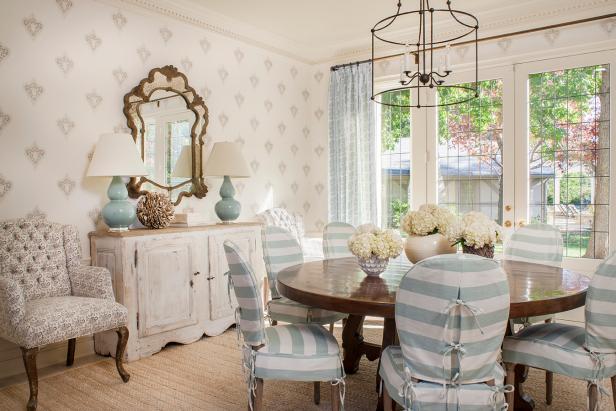
1. The Power of Paint: Quick Transformations
Paint is your secret weapon. A fresh coat of paint can dramatically transform a piece of furniture or an entire room. Focus on those pastel shades mentioned earlier. Consider these techniques:
- Distressing Techniques: Once you've applied your base coat, use sandpaper to gently distress the edges and corners, creating a worn look. You can also use a dry brush technique to create a slightly chipped effect. This adds instant character.
-
Chalk Paint Magic: Chalk paint is a game-changer for achieving a shabby chic finish. It's easy to apply, adheres well to most surfaces, and readily accepts distressing techniques. A quick coat of chalk paint followed by a light distressing can dramatically alter the appearance of an old piece of furniture.
-
Color Washing: This technique involves applying a thin layer of paint over a base coat, allowing some of the underlying color to show through. It creates a subtle, faded look that is perfect for achieving that vintage feel.
2. Textile Transformations: Instantly Update Your Space

Textiles are another quick way to infuse shabby chic charm. Consider these options:
-
Vintage Bedding and Throws: Find vintage or vintage-inspired bedding and throws in floral patterns and pastel shades. These instantly add warmth, texture, and a touch of nostalgia to your bedroom or living room.
-
Curtain Magic: Replace plain curtains with floral or patterned curtains in soft colors. The right curtains can completely change the ambiance of a room.
- Slipcovers: If you're not ready to reupholster your furniture, slipcovers are a fantastic alternative. Choose slipcovers in floral prints or pastel colors to instantly update your sofas and armchairs.
3. Accessory Accents: The Finishing Touches
Accessories are the finishing touches that bring your shabby chic vision to life. These elements add personality and create focal points:
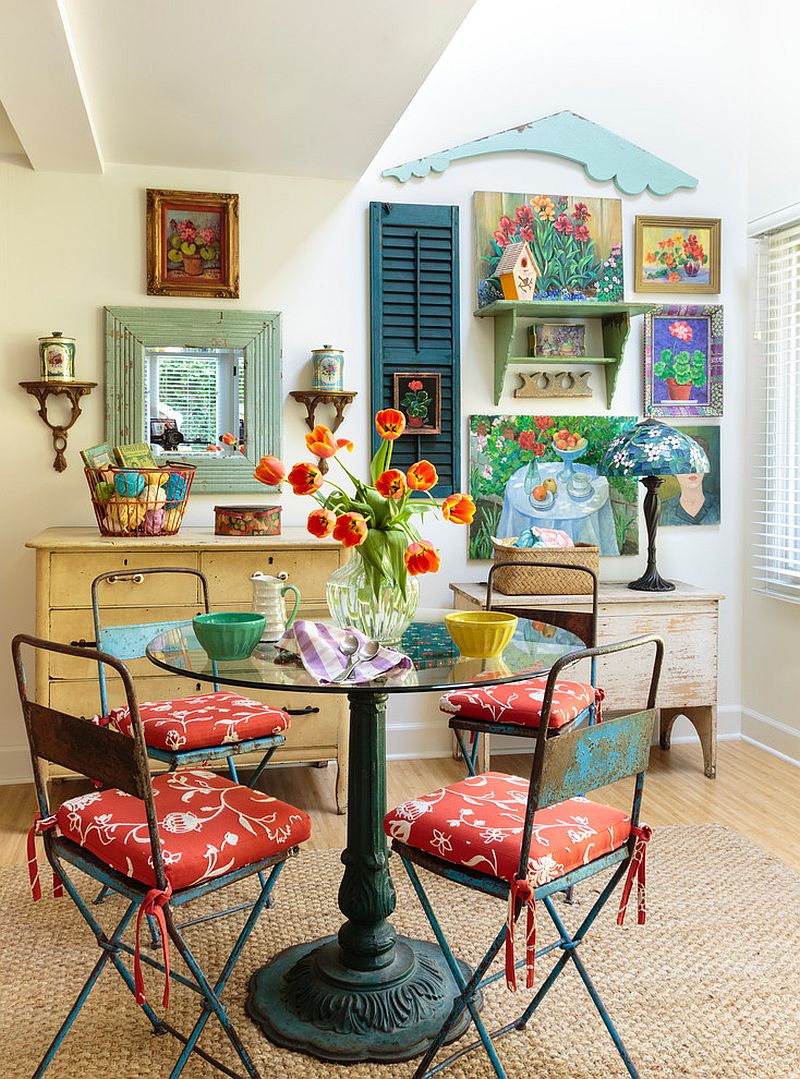
-
Vintage Frames and Mirrors: Find vintage frames and mirrors at flea markets, antique shops, or online marketplaces. These add a touch of history and elegance.
-
Floral Arrangements: Fresh or faux floral arrangements in pastel colors add a touch of romance and femininity. Place them strategically around your home to create visual interest.
-
Candles and Lanterns: Candles and lanterns add warmth and create a cozy atmosphere. Choose candles in pastel colors or with floral scents to enhance the shabby chic aesthetic.
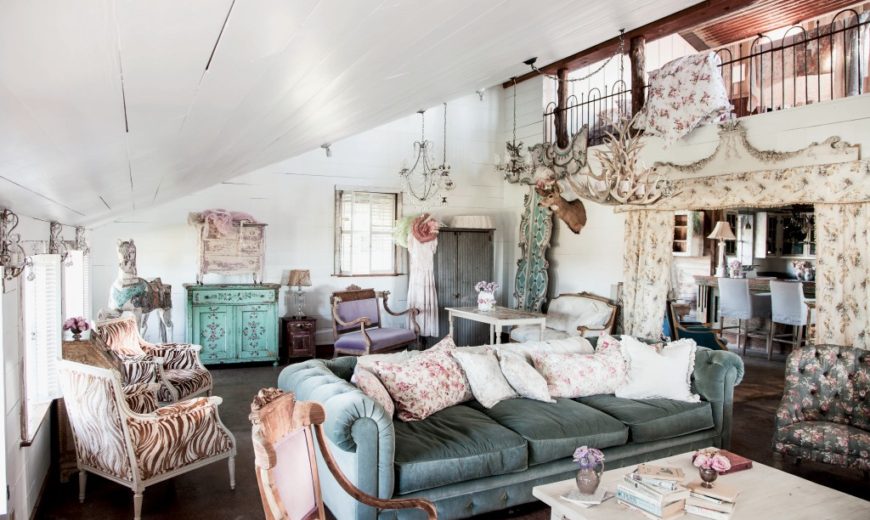
- Books and Decorative Objects: Display books, vintage trinkets, and other decorative objects on shelves and side tables. These add personality and tell a story about the home's inhabitants.
4. Repurposing and Upcycling: Creative Solutions
Don't underestimate the power of repurposing and upcycling. Transforming old items into new, stylish pieces is a core tenet of shabby chic. Consider these ideas:
-
Old Jars and Bottles: Turn old jars and bottles into vases or storage containers. A simple coat of paint and some rustic twine can transform them into charming accessories.
-
Repurposed Furniture: An old wooden crate can become a unique coffee table. An old dresser can be transformed into a vanity. With a little creativity, almost anything can be repurposed.
-
DIY Projects: There are countless DIY projects online that can help you create shabby chic elements for your home. From painting furniture to creating distressed signs, the possibilities are endless.
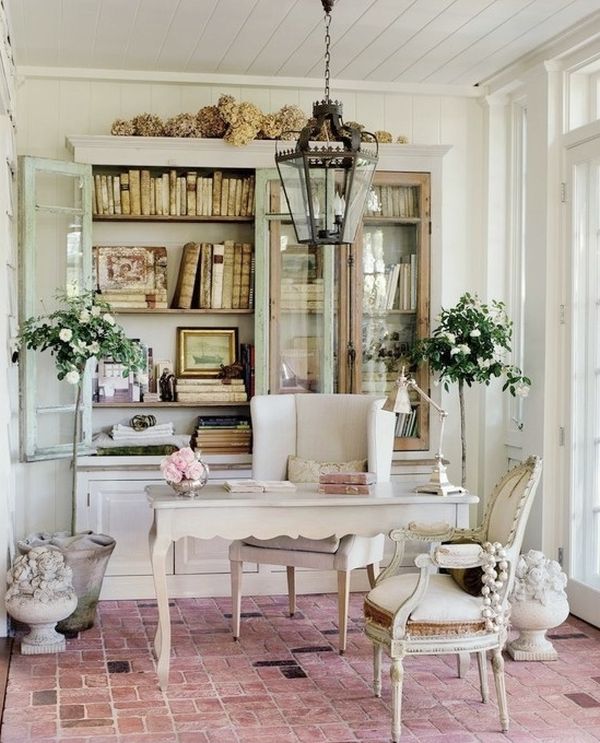
Maintaining the Shabby Chic Look: Long-Term Strategies
While achieving the shabby chic look quickly is possible, maintaining it requires ongoing attention. Here are some strategies for long-term success:
- Curate, Don't Clutter: Shabby chic is about carefully curated elements, not clutter. Regularly declutter to prevent your space from feeling overwhelmed.
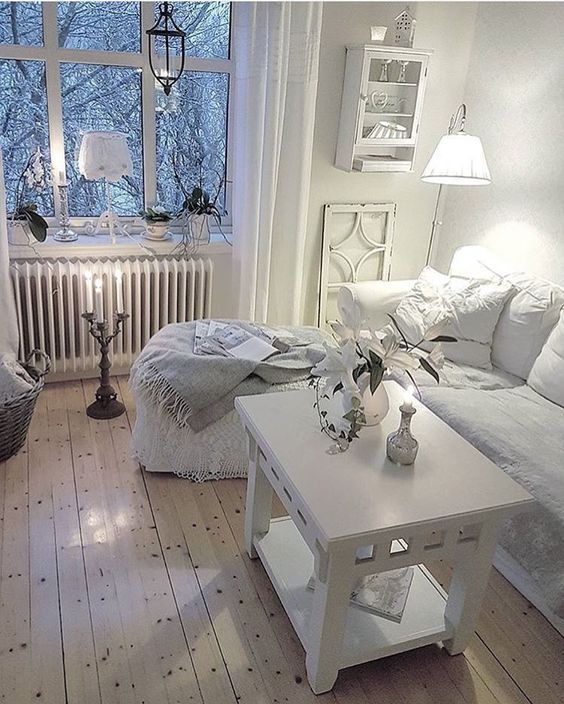
-
Regular Cleaning: While the aesthetic embraces a lived-in feel, it doesn't mean neglecting cleanliness. Regular cleaning is essential to maintain a fresh and inviting atmosphere.
-
Embrace Imperfection: Don't strive for perfection. The beauty of shabby chic lies in its imperfections and unique character. Embrace the minor flaws and embrace the history of your chosen pieces.
Conclusion: Embrace the Charm

Achieving a shabby chic aesthetic doesn't require years of painstaking work. By focusing on strategic changes, using quick-win techniques, and embracing the core principles of the style, you can transform your home into a charming, inviting, and uniquely personal space in a surprisingly short time. So, embrace the charm, get creative, and watch your home blossom with shabby chic elegance.
Shabby Chic: Charm Your Home, Not Your Wallet
The shabby chic aesthetic has captivated homeowners for years, offering a unique blend of elegance and rustic charm. Its appeal lies in its ability to create a warm, inviting space without breaking the bank. While the term might conjure images of exorbitant antique purchases and high-end restoration, the true beauty of shabby chic lies in its resourceful and budget-friendly nature. This article will delve into the heart of shabby chic design, exploring its core principles, providing practical tips for achieving the look, and offering budget-conscious strategies to transform your home into a haven of understated elegance.
Understanding the Shabby Chic Aesthetic
Shabby chic isn't merely about distressed furniture; it's a carefully curated style that evokes a sense of history, romance, and comfortable lived-in luxury. At its core, it’s a harmonious blend of seemingly contrasting elements:
- Vintage and Antique Finds: The style celebrates the beauty of age, incorporating pieces with a history – from chipped paint to faded fabrics. This doesn't necessarily mean you need to scour antique shops exclusively; flea markets, thrift stores, and even your own attic can yield incredible treasures.
- Pastel Color Palettes: Soft, muted tones like cream, blush pink, lavender, and sage green are foundational to the shabby chic aesthetic. These colors create a calming and romantic ambiance, fostering a sense of tranquility. The use of white is prevalent, serving as a clean backdrop for the aged and textured elements.
- Floral Prints and Patterns: Floral motifs are a hallmark of shabby chic, adding a touch of femininity and whimsy. These patterns can be found in fabrics, wallpapers, and even decorative accessories. From delicate rose prints to bolder botanical designs, floral patterns bring life and vibrancy to the space.
- Distressed and Textured Surfaces: The "shabby" aspect of the style comes from the intentional distressing of surfaces. This can involve using techniques like chipped paint, worn wood, and faded fabrics. These imperfections are not flaws; they are integral to the charm of the style, adding character and history.
- Natural Materials: Incorporating natural elements like wood, linen, cotton, and lace adds warmth and texture. These materials create a rustic and inviting atmosphere that complements the overall aesthetic.
Achieving the Shabby Chic Look on a Budget
The allure of shabby chic is its accessibility. You don't need a fortune to achieve this charming style. Here’s how to create a shabby chic haven without emptying your wallet:

1. Embrace the Thrill of the Hunt:
Thrift stores, flea markets, and garage sales are your best friends. These locations are treasure troves of potential shabby chic pieces waiting to be rediscovered. Look for old furniture, frames, mirrors, and decorative items that you can repurpose and restore. Be patient, and you'll unearth unique pieces with significant character at a fraction of the cost of new items.
2. The Power of Repurposing:
Don't underestimate the transformative power of repurposing. An old dresser can be refinished with chalk paint and new knobs, turning it into a stunning focal point. Old picture frames can be painted and used to display fabric scraps or pressed flowers. Get creative and let your imagination guide you.
3. DIY Projects: Unleash Your Inner Artisan:
Many shabby chic elements can be created through DIY projects. Learning to distress furniture, paint fabric, or create simple decoupage projects can significantly reduce costs while allowing for personalized touches. Numerous online tutorials and resources can guide you through these processes.

4. Strategic Shopping:
While thrift stores are excellent resources, don't shy away from new items altogether. Look for affordable options at budget-friendly retailers. Focus on purchasing key pieces – like a large statement piece of furniture – that will serve as the foundation for your room's aesthetic. You can then supplement with thrifted finds and DIY projects.
5. The Art of Layering:
Layering is key to achieving the depth and texture characteristic of shabby chic. Use rugs, throws, cushions, and curtains to add warmth and visual interest. Mix and match textures – linen, lace, cotton – to create a rich and inviting atmosphere. This layering effect doesn't require expensive materials; thrift store finds and repurposed fabrics can be equally effective.
6. Paint is Your Best Friend:
A can of paint is a miracle worker when it comes to transforming furniture and accessories. Chalk paint is particularly popular for its ease of use and ability to create a beautifully distressed finish. Experiment with layering different colors and techniques to achieve the desired level of wear and tear.

7. Accessorize Wisely:
Accessories are crucial for completing the shabby chic look. Look for affordable items like vintage books, mason jars, lace doilies, and antique-inspired trinkets. These small details add character and personality, creating a cohesive and charming atmosphere without significant expense.
Specific Room Transformations: Budget-Friendly Shabby Chic

Let's explore how these principles can be applied to different rooms in your home:
Living Room:
- Focal Point: A repurposed armchair or sofa, painted in a soft pastel shade and adorned with patterned cushions and throws.
- Accessories: Vintage books stacked on a coffee table, a distressed mirror leaning against a wall, and a collection of mason jars filled with wildflowers.
- Lighting: A simple chandelier or table lamps with soft, diffused lighting.
Bedroom:
- Bed Frame: A vintage or thrifted bed frame repainted and adorned with a floral duvet cover and lace pillows.
- Nightstands: Repurposed wooden crates or small chests painted and adorned with vintage knobs.
- Accessories: A lace tablecloth used as a wall hanging, a collection of vintage perfume bottles, and a delicate floral garland.
Kitchen:

- Cabinetry: While a complete kitchen renovation might be costly, you can achieve a shabby chic look by painting your existing cabinets in a soft pastel shade and adding new knobs.
- Accessories: Mason jars used for storage, vintage teacups displayed on open shelves, and a lace runner on the table.
- Textiles: Linen or cotton tea towels and placemats.
Bathroom:
- Storage: Use repurposed baskets or vintage tins for storing toiletries.
- Accessories: A distressed mirror, a vintage soap dish, and a floral shower curtain.
- Textiles: A lace bathmat and hand towels.

Maintaining the Shabby Chic Aesthetic
Once you've achieved your desired shabby chic look, maintaining it requires mindful care and upkeep. This isn't about sterile perfection; it's about preserving the charm of the aged and the worn. Regular dusting and gentle cleaning are crucial. For furniture, use appropriate cleaning products suited to the materials and finishes. For fabrics, spot cleaning and occasional laundering are essential to maintain their freshness and beauty. The key is to embrace the natural wear and tear as part of the aesthetic's charm; the lived-in quality is a testament to a home filled with warmth and history.
Conclusion

Shabby chic isn't just a design trend; it’s a philosophy. It's about embracing imperfections, celebrating history, and creating a home that reflects your personality and style without breaking the bank. By following these tips and embracing your creativity, you can transform your living space into a haven of understated elegance, filled with character, warmth, and undeniable charm – all while staying true to your budget. So, unleash your inner artisan, embrace the hunt for treasures, and begin crafting your own unique shabby chic sanctuary.



